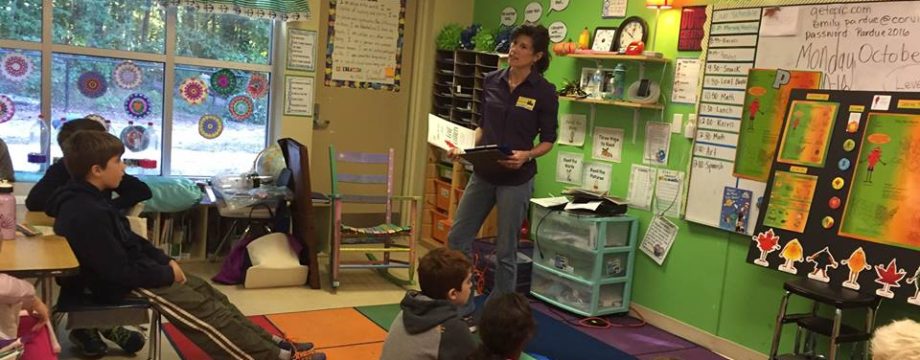
Shuggie Maple
The 2012/2013 school year marked the addition of ecosystems as a category for many of the elementary school grade levels. What a great time to incorporate the Leaf Critters® Celebrate Trees Program and curriculum! The program works ideally well within the “Science as Inquiry” parameters set forth for grades K-2 and 3-5.
Click here to view the North Carolina K-12 Curriculum Standards and Instruction.
How Leaf Critters® Celebrate Trees meets the Kindergarten – 2nd Grade Essentials:
Matter: Properties and Change – Classify objects by observable physical properties … (Use real leaves for size, color, shape, texture, weight and flexibility comparisons as students use the “Colors” – put-together booklet and the tree sheets)
K – K.E.1.1 Earth Systems, Structures and Processes – Infer that change is something that happens to many things in the environment based on observations made using one or more of their senses. (Use the Tree Sheets to discuss and show how trees change throughout the year from being leafless, to bearing flowers and fruit ,and then ultimately shedding those same leaves. The Poly Tree Guides can be used to bring the class on an interpretive tree trail that involves all the senses.)
1st – 1.L.1 Ecosystems – Recognize that plants and animals need air, water, light (plants only), space, food and shelter and that these may be found in their environment. (Students use the “A Living Tree” put-together booklet, and the Be-Leave™ sheet. Talk about how each identified “green” topic area helps.)
1st – 1.L.1.2 Ecosystems – Give examples of how the needs of different plants and animals can be met by their environments in North Carolina or different places throughout the world. (As students use the “A Living tree” put-together booklet.)
1st – 1.L.1.3 Ecosystems – Summarize ways that humans protect their environment and/or improve conditions for the growth of the plants and animals that live there (e.g., reuse or recycle products to avoid littering). – Give examples of how the needs of different plants and animals can be met by their environments in North Carolina or different places throughout the world. (Students use the Be-Leave™ sheet . Talk about how each identified “green” topic area helps.)
1st – 1.L.2.1 Molecular Biology – Summarize the basic needs of a variety of different plants (including air, water, nutrients, and light) for energy and growth. (As students use the “A Living tree” put-together booklet.)
2nd – 2.L.2.1 Evolution and Genetics – Identify ways in which many plants and animals closely resemble their parents in observed appearance and ways they are different. (As students take the Tree Trail and “See the Tree™” that a particular Leaf Critter calls home – have them look at he individual leaves from that specific tree and note that they differ in size, color variation, and exact shape.)
Click here to view the North Carolina – Essentials for Science.
How Leaf Critters® Celebrate Trees meets the 3rd – 5th Grade Essentials:
3rd – 3.L.2.1 Ecosystems – Remember the function of the following structures as it relates to the survival of plants in their environments: • Roots – absorb nutrients • Stems – provide support • Leaves – synthesize food • Flowers – attract pollinators and produce seeds for reproduction. (As students use the “What is Soil?” and “What is Pollination” articles.)
3rd – 3.L.2.2 Ecosystems – Explain how environmental conditions determine how well plants survive and grow. (Use “What Is Soil?” and “What is Pollination?” articles with questions.)
3rd – 3.L.2.4 Ecosystems – Explain how the basic properties (texture and capacity to hold water) and components (sand, clay and humus) of soil determine the ability of soil to support the growth and survival of many plants. (Use “What Is Soil?” and “What is Pollination?” articles with questions.)
4th – 4.L.1.3 Ecosystems – Explain how humans can adapt their behavior to live in changing habitats (e.g., recycling wastes, establishing rain gardens, planting trees and shrubs to prevent flooding and erosion). (use the Be-Leave™ sheet and stress how each area identified helps to make positive change in the earth.)
5th – 5.L.2.2 Ecosystems – Classify the organisms within an ecosystem according to the function they serve: producers, consumers, or decomposers (biotic factors). . (Use “The Tree as an Ecosystem” article with questions.)
5th – 5.L.2.3 Ecosystems – Infer the effects that may result from the interconnected relationship of plants and animals to their ecosystem. (Use “The Tree as an Ecosystem” article with questions.)
